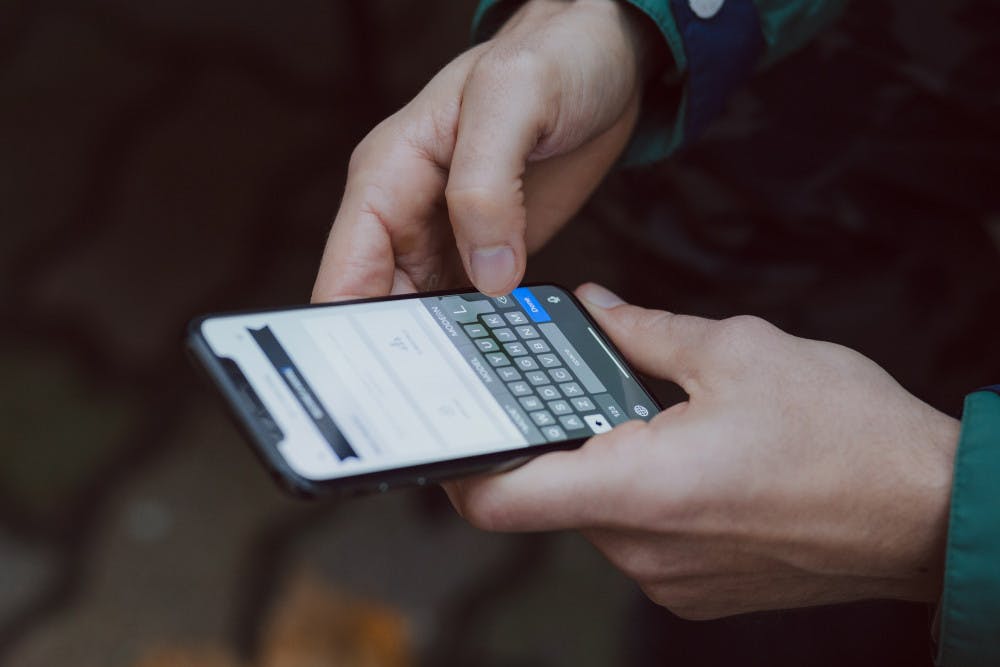UF researchers may have found the answer to flexible touchscreen phones.
After almost three years, the researchers, part of an international consortium, found that silver nanowires are safer to use than the thicker wires used in today’s touchscreens.
Devrah Arndt, a UF nanotoxicology postdoctoral researcher, said silver nanowires are metallic conductors capable of bending without breaking. Combined with the ability to create interconnected joints, nanowires have potential use in not only cell phones but clothes, wearable electronics, medical sensors and solar panels.
Arndt said current touchscreen manufacturers use a material called indium tin oxide, which works well for rigid touchscreen displays. However, when bending or breaking, the products lose signal. As manufacturers look toward flexible screens, they turn to silver nanowires.
Concerns about toxicity in thin nanowires arose because of the wire’s strong resemblance to asbestos, a highly toxic material, Arndt said.
“It is hard for the body to process [asbestos] because it is unbreakable,” she said. “The consortium wanted to figure out if silver nanowires impose similar toxicity.”
Christopher Vulpe, a professor at the UF College of Veterinary Medicine, said the researchers found the nanowires are actually less toxic than thicker wires. The body’s cells have an easier time processing potentially toxic materials in thin wires.
“You want to consider safety before you start using something,” Vulpe said.
The overall goal of the group is to find a way to recycle silver nanowires from touchscreens that are thrown away. Vulpe said they want the wires to have a minimal impact on the environment and people.
The research is an international collaboration of scientists from UF, the Lawrence Berkeley National Laboratory, University of Grenoble in France, the University of Lille in France and other European institutes, he said.
Each laboratory has a different role going into the research, Vulpe said. The laboratory at UF is focusing on ecotoxicity while the laboratory at the University of Grenoble is synthesizing the nanowires and distributes the product evenly to all the laboratories. The University of Lille is seeking ways to reclaim the silver nanowires from disposed touchscreen devices because silver is a precious metal.
Funding for the study came from the European Union’s ERA-NET Safe Implementation of Innovative Nanoscience and Nanotechnology and the U.S. Consumer Product Safety Commission, he said.
By publishing their findings, the group wants to try to persuade touchscreen manufacturers to use the thin silver nanowires rather than the thicker wires, Vulpe said.
“Sometimes, there is a tendency to make the product first and worry about safety later,” he said. “You don’t have to compromise safety in order to have a good performance.”






